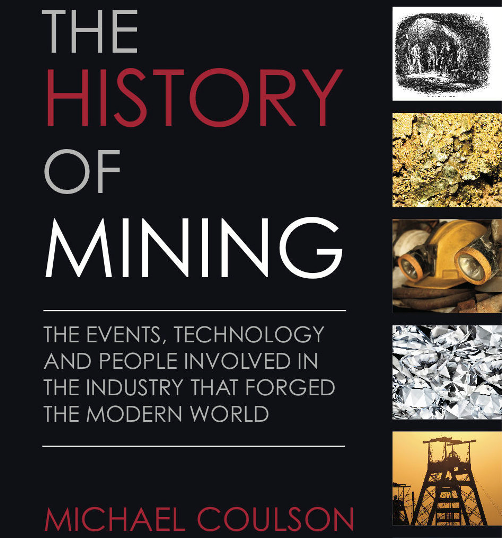Inco Nickel Miners – Sudbury Saturday Night
Charles Thomas “Stompin’ Tom” Connors, OC (born February 9, 1936) is one of Canada’s most prolific and well-known country and folk singers. Focusing his career exclusively on his native Canada, Connors is credited with writing more than 300 songs and has released four dozen albums, with total sales of nearly 4 million copies.[1]
Elliot Lake Uranium Miners – Dam Good Song For A Miner
Early life
He was born Charles Thomas Connors (known as Tommy Messer) in Saint John, New Brunswick to the teenaged Isabel Connors and her boyfriend Thomas Sullivan. He was a cousin of New Brunswick fiddling sensation, Ned Landry. He spent a short time living with his mother in a low-security women’s penitentiary before he was seized by Children’s Aid Society and was later adopted by the Aylward family in Skinners Pond, Prince Edward Island.
At the age of 15 he left his adoptive family to hitchhike across Canada, a journey that consumed the next 13 years of his life as he travelled between various part-time jobs while writing songs on his guitar. At his last stop in Timmins, Ontario, which may also have been his big “break”, he found himself a nickel short of a beer at the city’s Maple Leaf Hotel. The bartender, Gaet Lepine, agreed to give Tom a beer if he would play a few songs. These few songs turned into a 13-month contract to play at the hotel, a weekly spot on the CKGB radio station in Timmins, eight 45-RPM recordings, and the end of the beginning for Tom Connors.

























